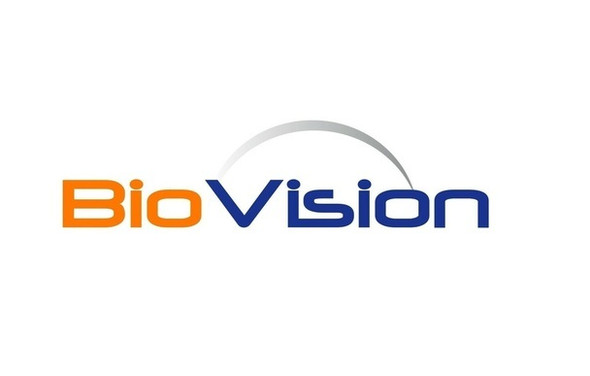Biovision
Human CellExp™ Integrin beta-5 Extracellular Domain (ED), Human Recombinant
- SKU:
- 26-P1172
- Availability:
- Usually Shipped in 5 Working Days
- Storage Temperature:
- -20°C
- Shipping Conditions:
- Gel Pack
- Shelf Life:
- 12 months
Description
Biomolecule/Target: ITGB5
Synonyms: ITGB5, integrin subunit beta 5, integrin beta 5
Alternates names: ITGB5, integrin subunit beta 5, integrin beta 5
Taglines: Receptor for fibronectin and adenovirus type C
Taglines: USA
Country of Animal Origin: USA
NCBI Gene ID #.: 3693
NCBI Gene Symbol: ITGB5
Gene Source: Human
Accession #: P18084
Recombinant: Yes
Source: HEK293 cells
Purity by SDS-PAGE #: > 95%
Assay: SDS-PAGE
Purity: N/A
Assay #2: N/A
Endotoxin Level: N/A
Activity (Specifications/test method): N/A
Biological activity: N/A
Results: N/A
Binding Capacity: N/A
Unit Definition: N/A
Molecular Weight: 90 kDa
Concentration: N/A
Appearance: Lyophilized
Physical form description: Lyophilized from 0.22 μm filtered solution in PBS pH 7.4. Generally 5-8% Mannitol or Trehalose is added as a protectant before lyophilization.
Reconstitution Instructions: Reconstitute in sterile deionized water to the desired protein concentration.
Background Information: Integrins are a family of cell surface transmembrane receptors, each consisting of an α and a β subunit that bind to extracellular matrix (ECM) proteins and cellular counter receptors and associate with the cytoskeleton. In mammals, 24 different integrins are generated through different combinations of 18 α and 8 β subunits. A number of human congenital disorders have been associated with defective integrin-mediated adhesion, including the blistering disorder junctional epidermolysis bullosa, the bleeding disorder Glanzmann’s thrombastenia , leukocyte adhesion deficiency-I (β2 integrins in leukocytes) and leukocyte adhesion deficiency-III, nephrotic syndrome and interstitial lung disease and muscular dystrophy. Integrin alpha-V/beta-5 is a receptor for fibronectin and it recognizes the sequence R-G-D in its ligand.
Amino acid sequence: N/A
Handling: Centrifuge the vial prior to opening.
Usage: For Research Use Only! Not to be used in humans






